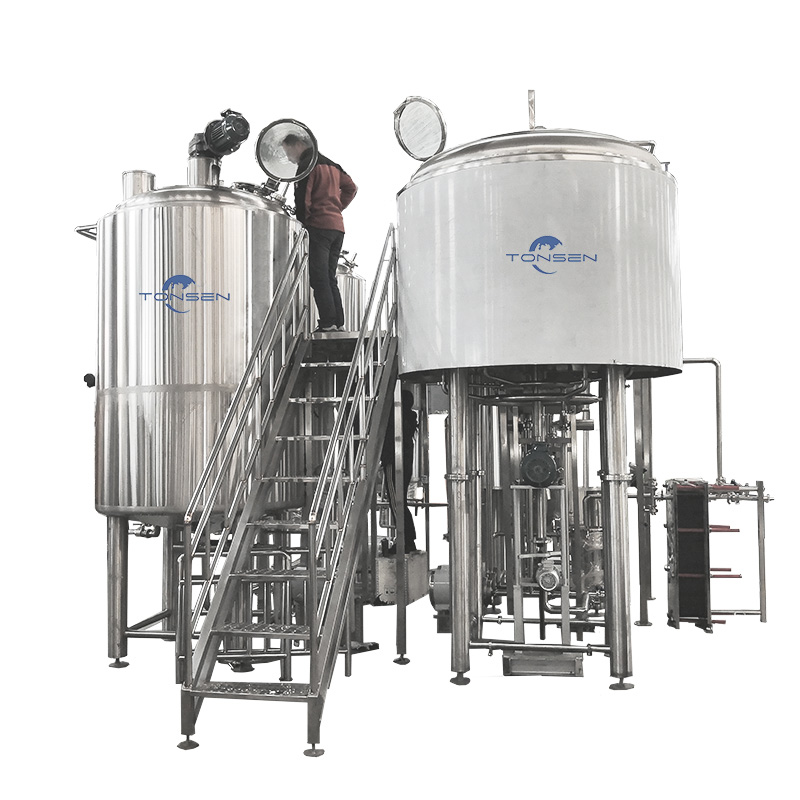
Nowadays, with the growing demand for craft beer and the diversification of flavors, more and more breweries are considering equipment upgrades or expansions. Whether you are building a new brewery or looking to enhance your existing beer production line, the core question remains: how to choose the right beer brewing equipment for your needs?
I. First, Clarify Production Goals and Scale
Different production objectives dictate entirely different requirements for brewing equipment:
- Experimental or Educational Use: Prioritize flexibility and small footprint — a 50–200L system suffices.
- Small-Scale Craft Brewery: Batch sizes around 500–2000L, focusing on batch consistency and operational ease.
- Medium to Large-Scale Brewery: Require high automation, energy efficiency, and continuous production capacity — systems typically 5000L and above.
The “right” brewing equipment is not about size, but about matching your output and utilization rate. A fully utilized small system is often more valuable than an idle large one.
II. Align with Brewing Processes
Equipment should serve your brewing philosophy. When selecting, consider:
- Will you use a two-vessel or three-vessel mashing system?
- Is filtration and recirculation equipment necessary?
- What types of beer do you plan to produce (e.g., Lager, Ale, or Wheat Beer)?
Different processes influence tank structure, pipeline design, and heat exchange methods. Clarifying your process direction avoids the pitfall of “equipment first, process compromise.”
III. Prioritize Temperature Control and Automation Level
Beer quality stability largely depends on precise temperature control. Modern systems offer:
- Automated temperature control with PID precision regulation
- Process monitoring and data logging
- Remote control and fault alarm functions
While these features increase initial investment, they significantly reduce human error and improve production consistency.
IV. Focus on Cleanliness and Maintenance Accessibility
Cleanliness is the most overlooked yet critical aspect of brewing equipment. High-quality systems typically include:
- A comprehensive CIP (Clean-in-Place) cleaning system
- Sanitary welding structures with no dead corners
- Easy-to-disassemble and inspect designs
Clean equipment ensures consistent taste and minimizes downtime for maintenance.
V. Consider Budget and Long-Term Costs
Price is not the sole criterion. Beyond the equipment itself, evaluate:
- Energy and water consumption
- Spare parts supply and technical support
- Equipment lifespan and scalability
A truly “cost-effective” system maintains high efficiency and low maintenance costs over long-term operation.
Choosing brewing equipment is more than just buying machinery — it’s selecting a path that aligns with your brewery’s development pace. By clarifying goals, understanding processes, and valuing details, you can find the perfect brewing system for your facility.
The charm of beer brewing lies not only in the aroma of fermentation but also in the precision and balance of every link.
